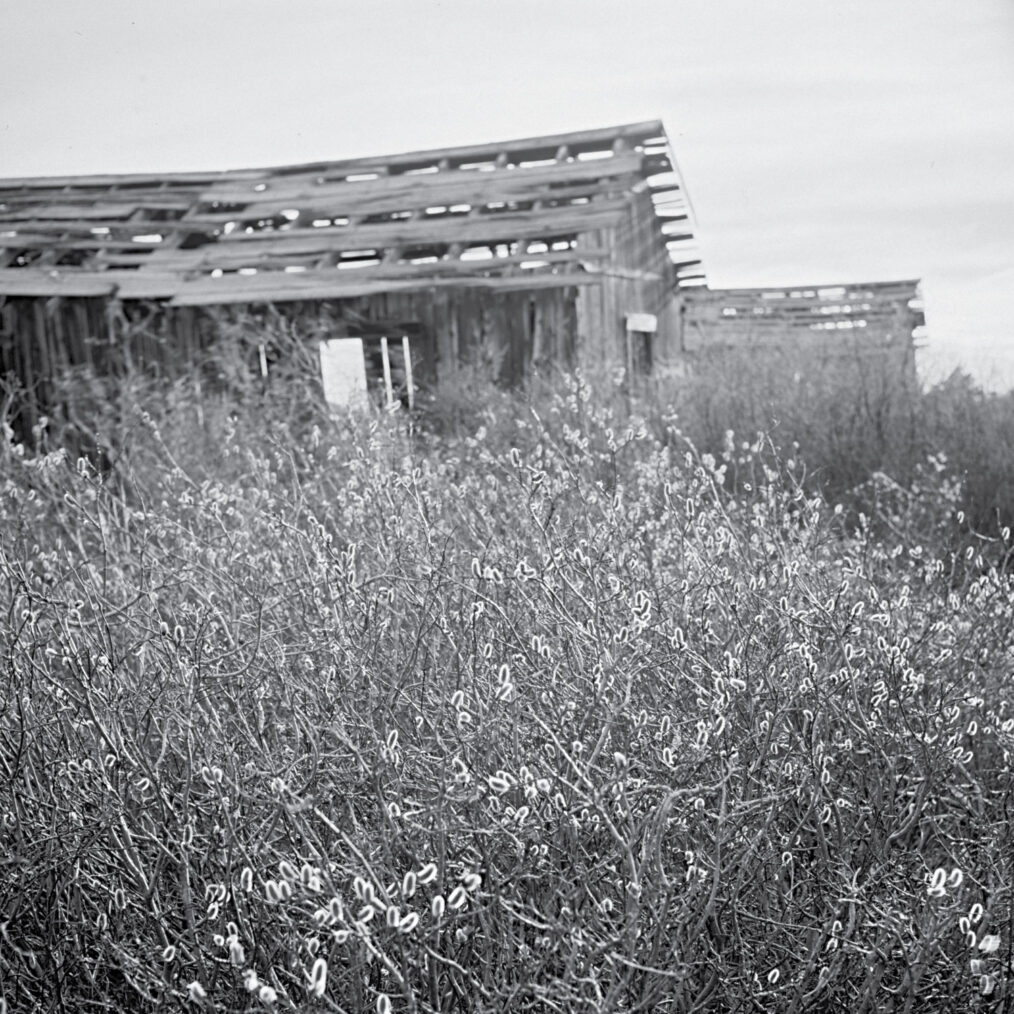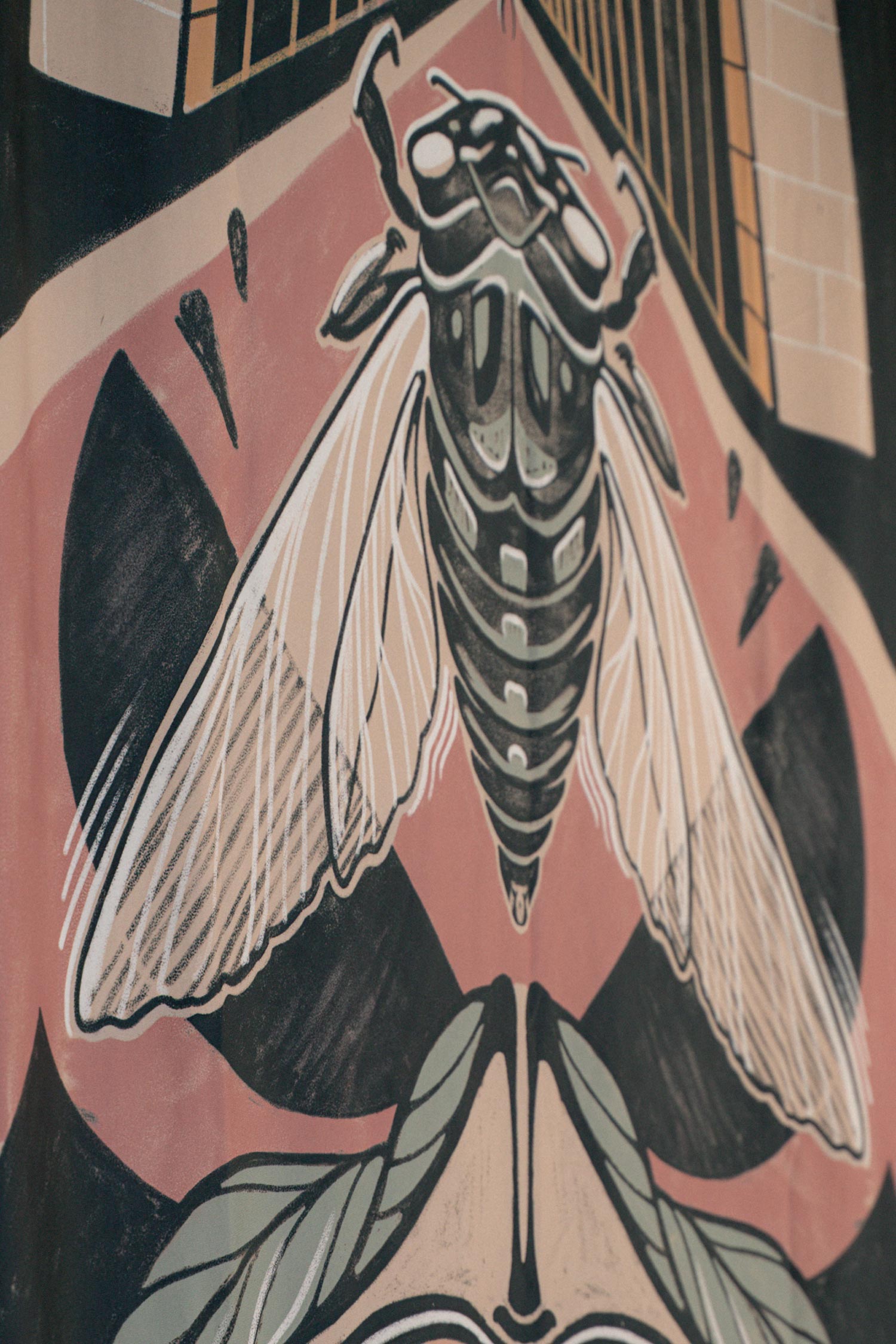
“Echoes” Artwork Week Four: Beauty and the Cottontails
This is part four in a series on our artwork for “Echoes of a Voice,” our series for Advent 2020. If you haven’t read the intro to the series, start there first! You don’t need to read each post in order, but here is post one, post two, and post three if you haven’t seen them.
Replay the “Delight in Beauty” Service
Creation is filled with beauty. The beauty all around us sings of God’s design. God is beautiful. Jesus is beautiful. Of course we should seek after beauty! But what are we inclined to do with our beauty cravings? Is it easy to satisfy our hearts (prone to wander as they are) with the notion that all beauty is meant to direct our gaze upward toward our maker? Cheap “beauties” surround us, and to make matters worse, our culture tends to tell us things that draw us inward: “You are what’s most beautiful—if people would just stop to appreciate you!”
In this fourth John Forney photograph from his What Remains? series, a flood of cottontails is illuminated. One could easily stop there, enjoying the glow, not fully actualizing the ancient skeleton homes that stalk the background.
While the illuminated cottontails are beautiful and should, by all means, be enjoyed as such, they also give us a good example when it comes to our delight in beauty: the glow comes from light outside of the frame. As David writes in Psalm 16:2, “I say to the LORD, ‘You are my Lord, I have no good apart from You’,” anything abstracted from God cannot be enjoyed in full, but only out-of-context. The skeleton home of our world, which perpetually tries to delight in beauty (or anything) apart from God, serves as a stark reminder: there’s nothing to see if not for the light.
But how that light shines! In Advent, we remember that “The light shines in the darkness, and the darkness has not overcome it,” because “the Word became flesh and dwelt among us…”
When we look upon the Lord, in all His splendor and beauty, it brings us truest joy; an unending joy that cannot be taken away. This comes from following the beauty from the illuminated, earthly thing, to the illuminator. The joy and beauty at the end of that path is not dependent on our emotions, our mood, or what beauty we can “feel” (in ourselves or in the world around us). In addition to this being the beauty we were always meant to enjoy, the beauty of God is also what we ourselves were meant to put on display to others.



